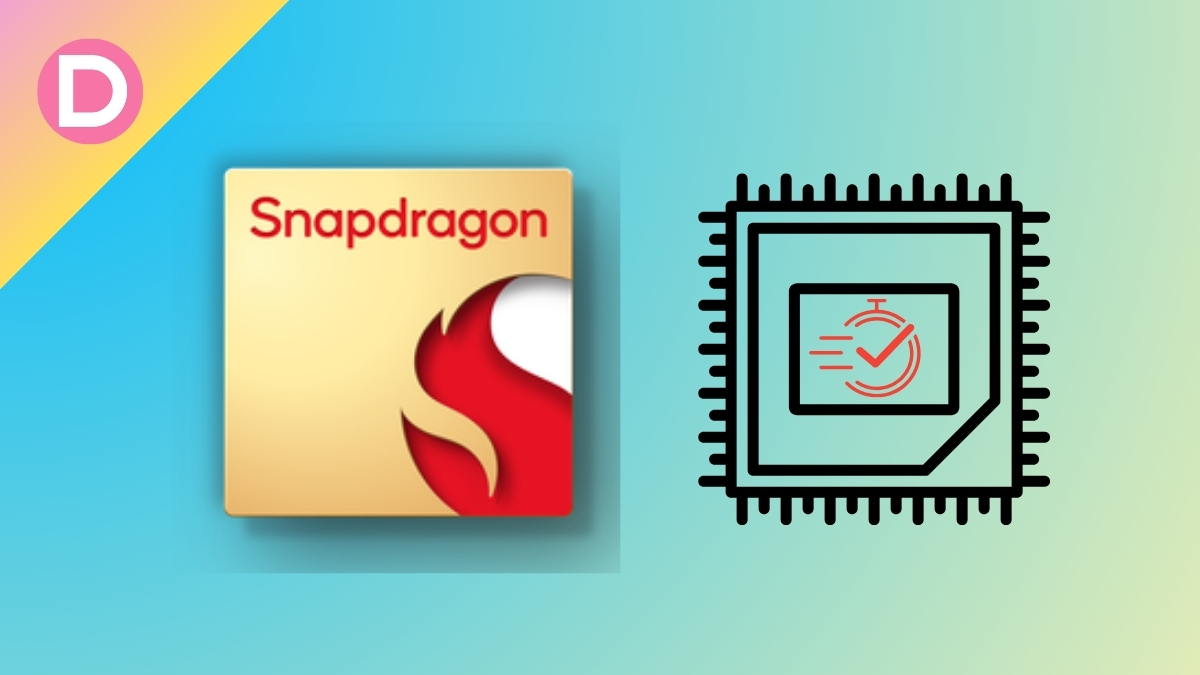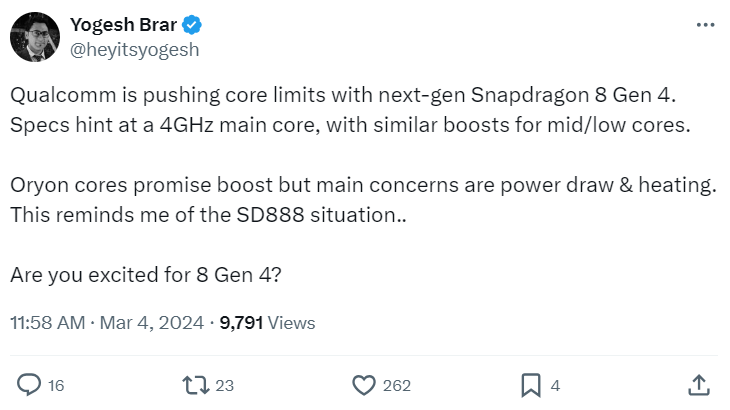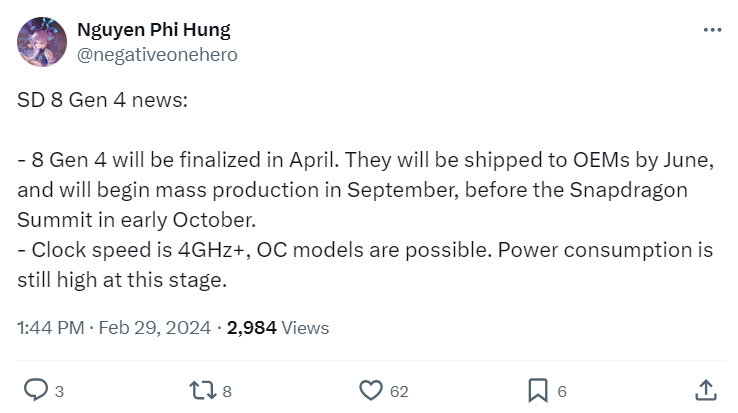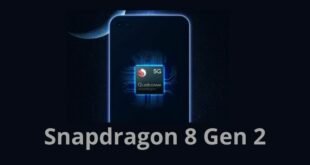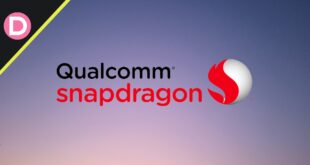Qualcomm is gearing up for a new ultimate launch, probably the Snapdragon 8 Gen 4. Last year, the predecessor dropped in October 2023 during the company’s Tech Summit. This year, we will experience the same.
If you are unaware, the company is significantly concentrating on a performance bump with its upcoming chipset monster. This post will show some details of the upcoming SoC, so read until the end.
Let’s talk about the previous generation first. The Snapdragon 8 Gen 3 was the most powerful Qualcomm chipset, offering a maximum frequency of 3.4GHz. For every use out there, it serves all the required tasks. But is this already enough for you? If yes, you are not ready for what’s coming this year. The ultimate Snapdragon 8 Gen 4, featuring a maximum frequency of 4.3GHz, will outperform the smartphone chip industry.
Snapdragon 8 Gen 4 Could Reach 4.3GHz Clock Speed.
This isn’t just about saying, as there are some potential leaks following the claim. There are rumors that it will surpass 4GHz frequency once commercially available. Furthermore, it will feature a 4.3GHz maximum frequency, combining all of its potential.
Most of you might be questioning why such a huge performance jump. What is the reason Qualcomm launched a chipset with that much potential? Primarily, just like MediaTek Dimensity 9300, using only performance cores (in an 8-core configuration), the company follows a similar strategy, resulting in a significant performance boost. Secondly, let’s be frank that these numbers will rise as soon as we go on increasing.
Nonetheless, Qualcomm has to ensure that its chipsets are selling more than its opponent, capturing a high market. Similar to Dimensity 9300, the company will stop using efficiency cores. They will use an 8-core CPU: 2 prime cores (Custom Oryon cores) and six high-performance cores. Regarding the Oryon cores, there is a significant concern about the battery drain and heat management. There is no information on the high-performance cores for now.
We understand that the absence of efficiency cores will result in poor battery performance. We have also experienced that in some phones powered by Dimensity 9300. Let’s see how Qualcomm performs with their “only-performance” oriented chipsets.
In addition, the upcoming processor is said to come with an Adreno 830 GPU, which is powerful. The most exciting part is that the standard 8 Gen 4 chipsets will be based on TSMC’s N3E 3nm process architecture, while “the 8 Gen 4 for Galaxy” will be based on Samsung’s 3GAP node process, especially for next year’s Galaxy S25 series.
Furthermore, an X user reported that the upcoming chip will likely use the latest Snapdragon X80 5G Modem-RF. To those unaware, it is the first 5G modem with integrated NB-NTN (narrowband non-terrestrial network) satellite communications support and comes with 6X carrier aggregation and 6-antenna architecture. This will ensure AI-powered 5G performance. These configurations will boost the overall performance in the network connectivity, faster link acquisition, and more.
That’s it. This was the first leak revealing the upcoming Snapdragon 8 Gen 4 performance. The major highlight was the chipset to feature 4.3GHz max frequency. Additionally, its opponent (MediaTek) is most likely preparing the successor to Dimensity 9300, which will probably called Dimensity 9400. Let’s see what they bring and who among the both performs better.
What are your views on this? Did you like Qualcomm’s decision to ditch efficiency cores, or Are the efficiency cores important to you? Let us know in the comments section below
